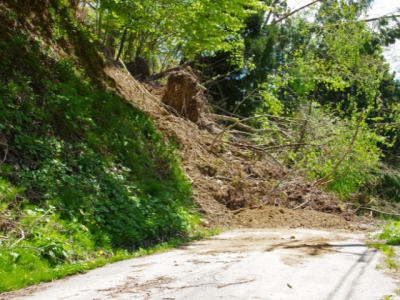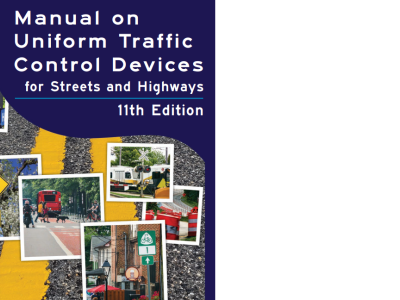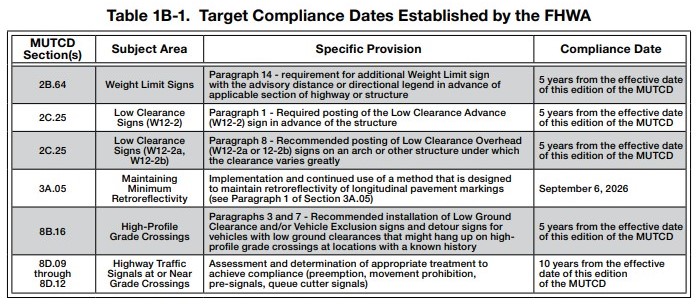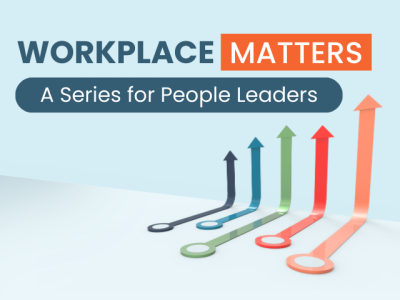7/28 Virtual Lunch & Learn: Emergency Management and Front Porch Forum

Add to or augment your tools for emergency communications! Front Porch Forum (FPF) is hosting a free Lunch & Learn Webinar on July 28, 2025, at 12 noon for local emergency management personnel and volunteers about using FPF for emergency readiness, response, and recovery communications. The 30-minute virtual webinar is open to all municipal officials and employees who have a role in emergency management and communications.
Learn about how FPF operates in times of crisis, including:
- Extended hours, checking for urgent posts early in the morning until well into the evening
- Immediate publication when an urgent post is submitted
- Sharing of posts to nearby towns when they contain emergency info that is relevant across a broader area
FPF will provide instructions, share examples, and answer questions about using Front Porch Forum to build community pre-crisis as well as how to deploy FPF’s reach and trust during the acute and recovery phases of disasters.
Register at https://us06web.zoom.us/meeting/register/NRP4s8OqRGic-Tig7JNj-A.
Front Porch Forum is a free community-building service in Vermont and parts of New York. Your neighborhood's forum is only open to the people who live there. It's all about helping neighbors connect.




